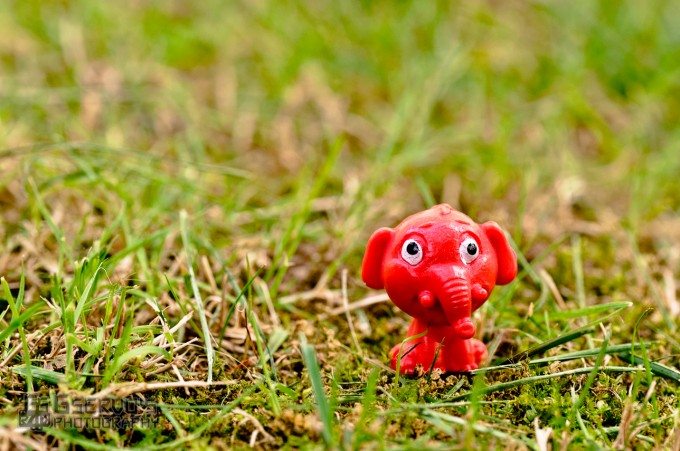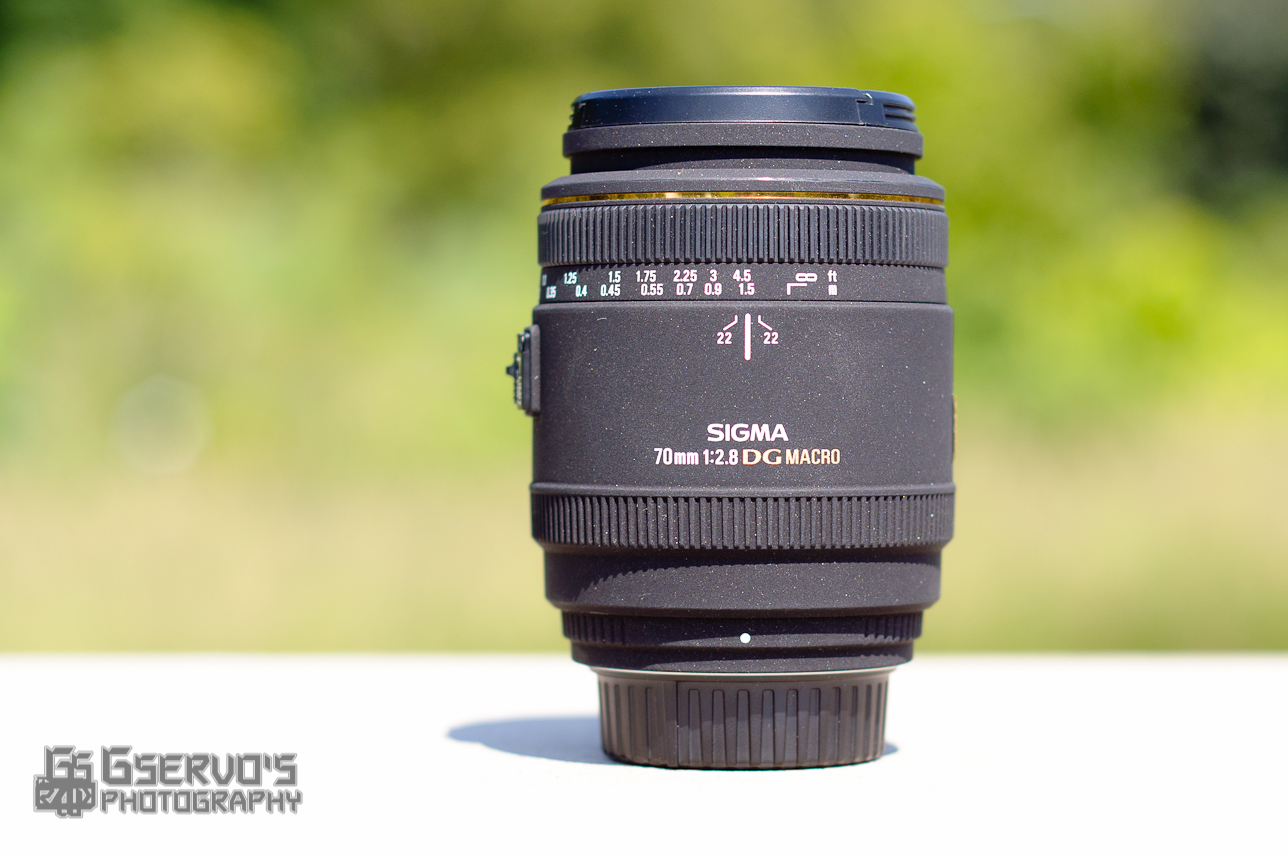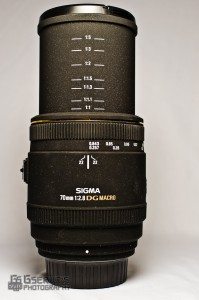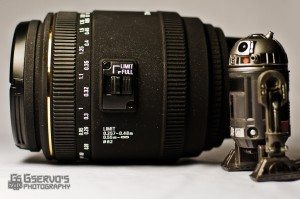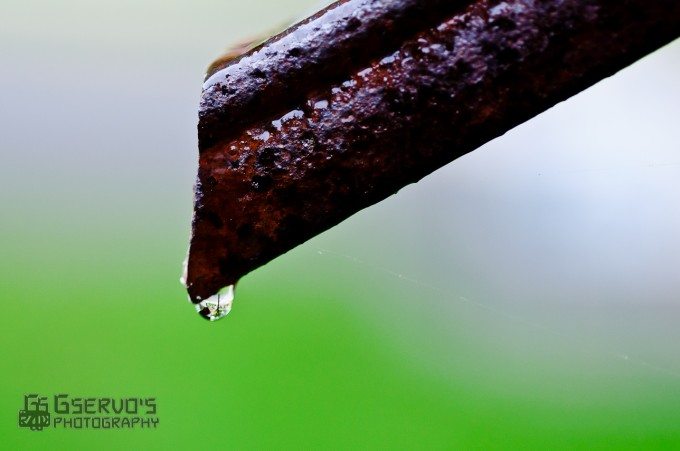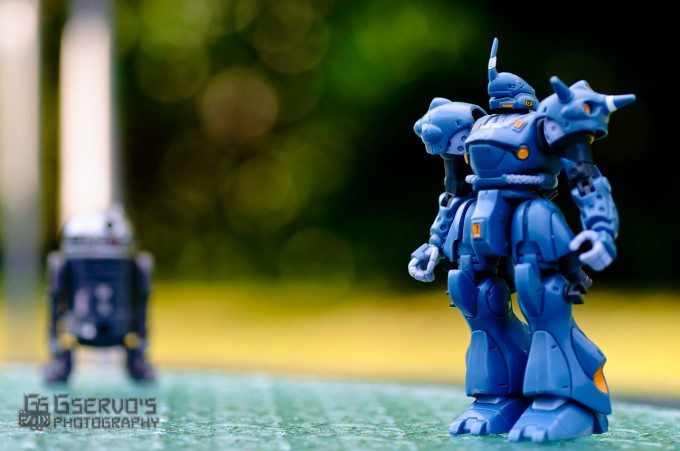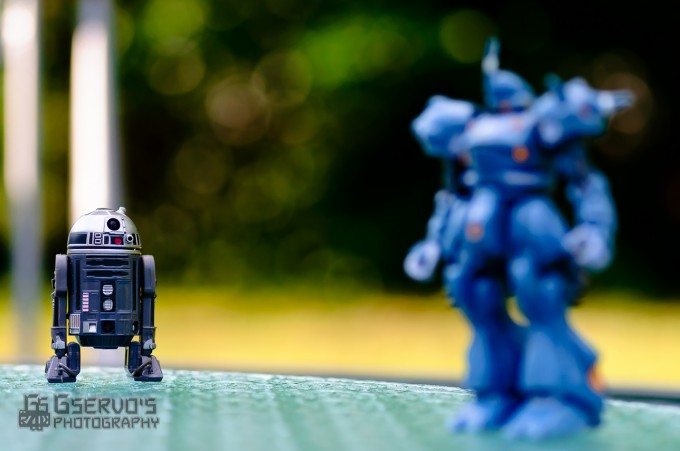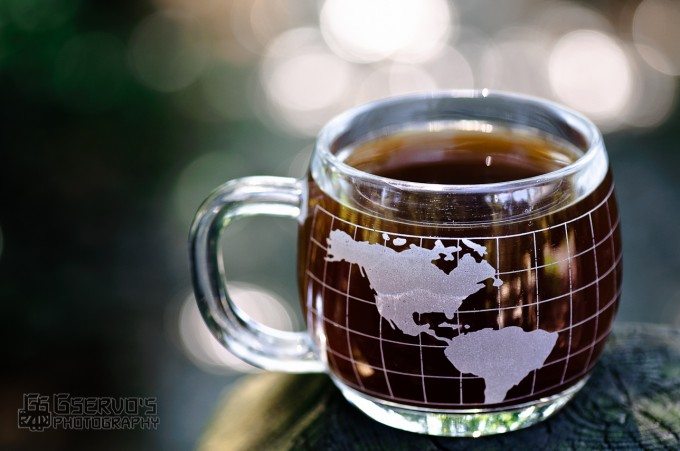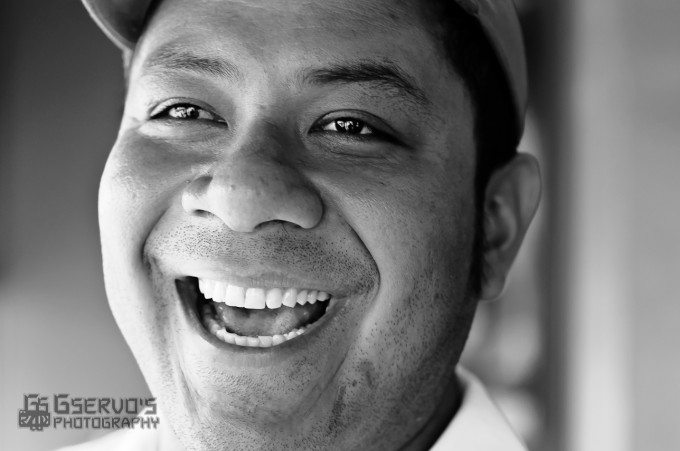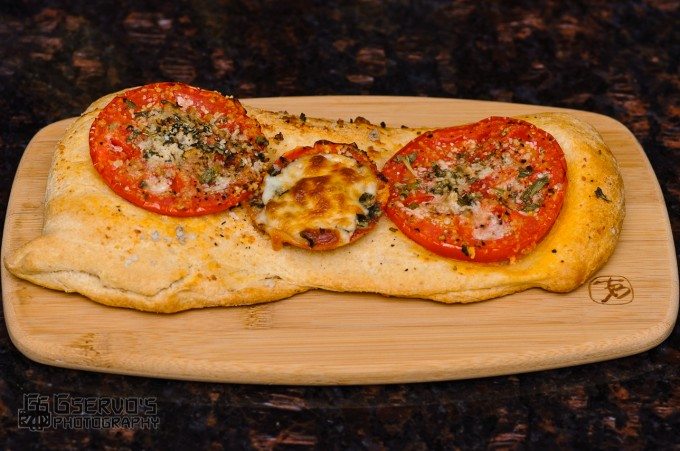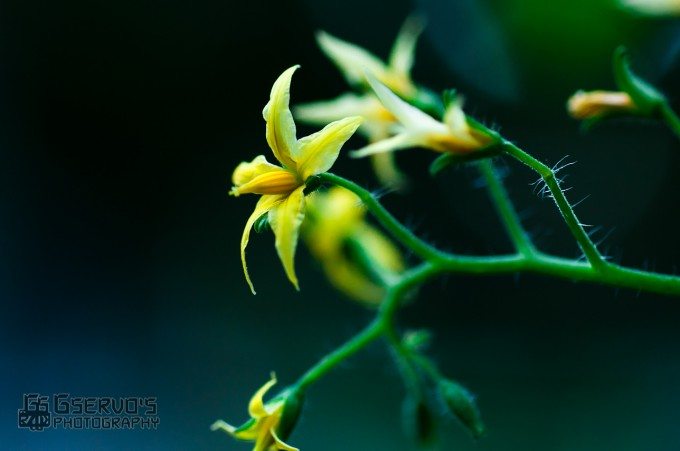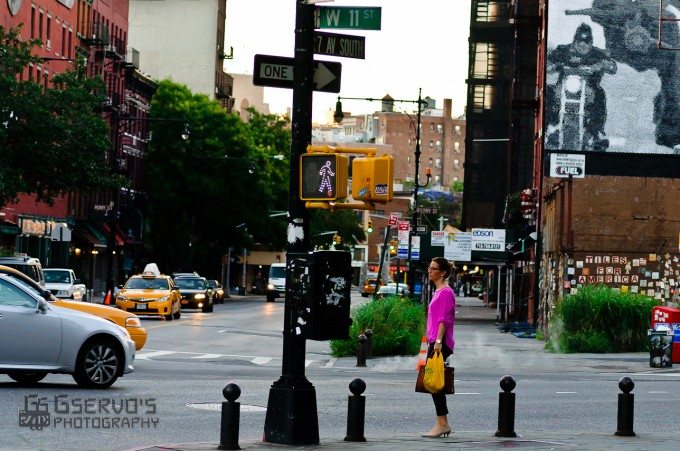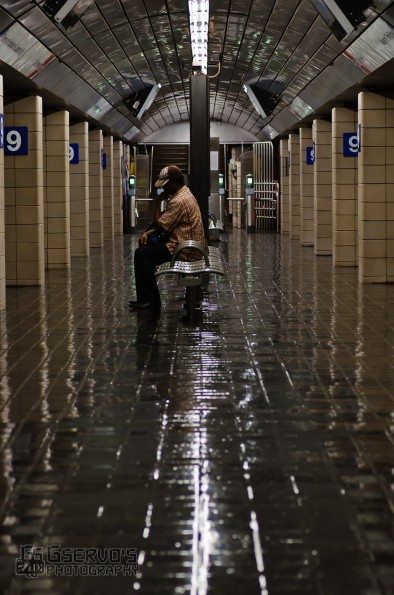I have a deep passion for macro photography. When I got into DSLR photography, I bought the 70-300mm F4-5.6 DG Macro to multitask as my zoom and my macro lens. Lately though, I wanted a more specialized lens for macro photography. With the 70-300mm I have to zoom lens all the to the widest focal length, then switch to macro mode, etc. With the Sigma 70mm F2.8 EX DG Macro, I don’t have to do that. This is why I chose to test it out. So does it make the cut for my photography?
Gear Used for Testing
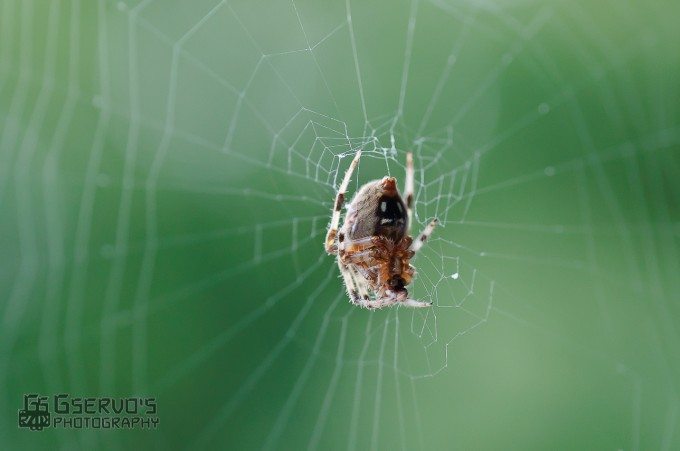
Spirit / Bubble Level – 3 Axis
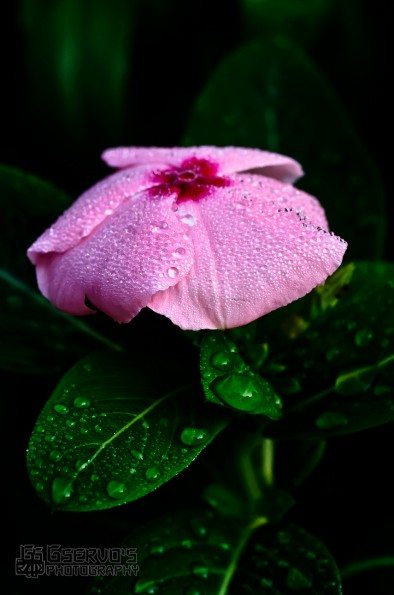
Specs
- Designed for use with full frame digital SLR cameras. May also be used with smaller APS-C sized sensors with a corresponding effective increase in focal length to about 105mm with most cameras
- Focuses down to 1:1 magnification ratio at its closest working distance of 10.1 inches
- Extremely compact weighing only 18.5 ounces & measures only 3.7 inches long.
- A lens hood, front & rear lens caps and carrying case are included with the lens.
- Nikon & Pentax Mounts: Mount Does not have aperture ring
- Lens Construction: 10 Elements in 9 Groups
- Angle of View 34.3º
- Number of Diaphragm Blades: 9
- Minimum Aperture: f22
- Minimum Focusing Distance: 25.7 cm / 10.1 in
- Working Distance :11.2cm / 4.4in
- Filter Size (mm): 62
- Maximum Magnifications :1:1
- Dimensions: (Diameter x Length) 76 x 95 mm/3.0 x 3.7 in
- Extended Dimensions : 5.7 in
- Weight : 525g / 18.5oz.
- Corresponding Mounts :Sigma,Nikon,Canon,Sony/Minolta,Pentax
- On the Nikon Mount there is NO built in motor, so it is not compatible with D40, D40x, D60, D3100, and D5100 in terms of auto focus. But shooting it with manual focus will work out just fine. I will do a manual focus only post as an example.
First Shots & Thoughts
This lens felt great in the hand. The weight was just right, especially compared to the 70-300mm F4-5.6 DG Macro. I saw a great amount of possibilities and I had a hard time putting the lens down. 117 frames later I realized I was having too much fun. It was nice shooting with a macro lens. There is no learning curve to using this lens, but I’m used to the focal length.
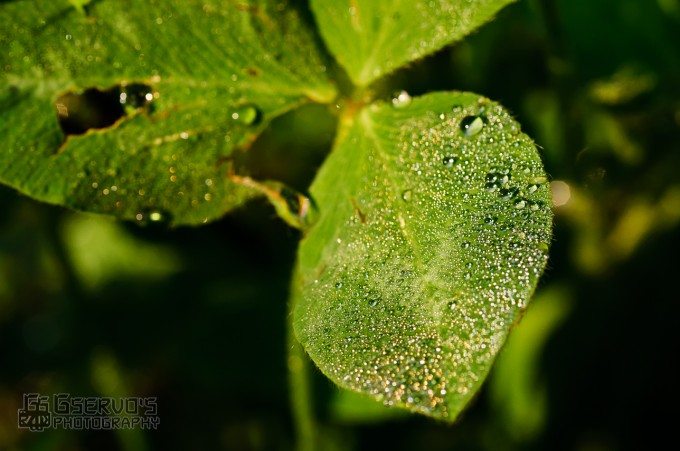
What’s Included with the Lens Ergonomics and Build Quality
The Sigma 70mm DF Macro is an EX lens, meaning it has a stronger build quality and nicer matte black finish compared to my Sigma 70-300mm. Indeed, this lens has a nice robust feel when holding it. The weight of the lens is nice which helps when doing handheld macro shots. The focus limiter on the side of the barrel is well positioned. A lens hood, front & rear lens caps and carrying case are included with the lens.
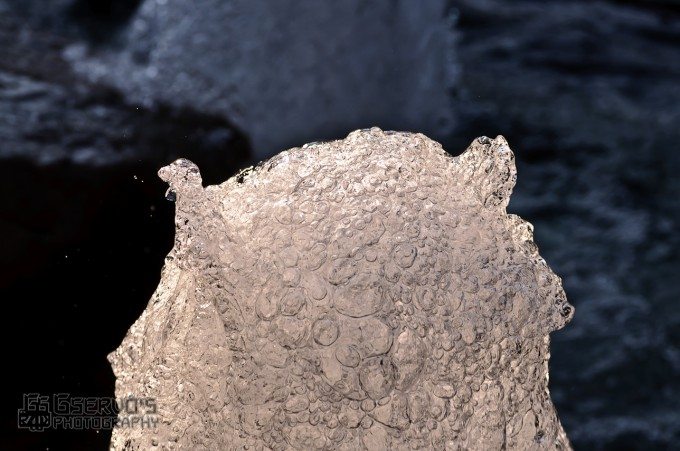
Macro Lens Comparison
I was looking back at my images and remembered that I shot Mr. Spider, as my kids call it, with my Sigma 70-300mm F4-5.6 DG Macro. The Spider is a regular visitor outside my window. Up-close the 70-300 does not measure up to the 70mm prime lens. With the prime, you’re able to get up close more and compose your image differently. Mind you I am not saying the 70-300 is a bad lens, the 70mm is just better.
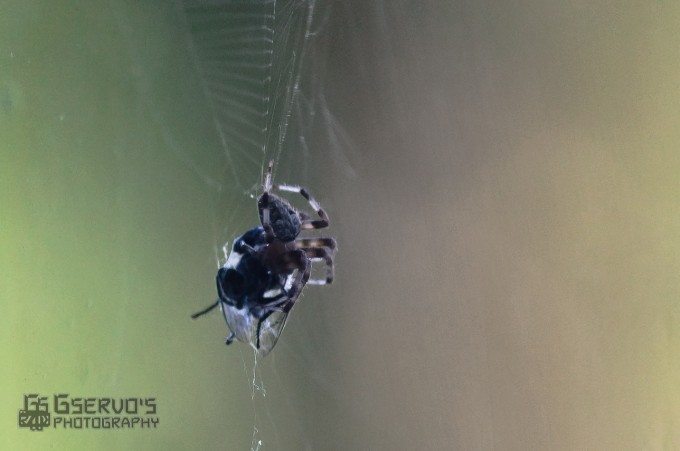
Both images were taken in the morning out of the same exact widow and were handheld. It was just a coincidence really. The Sigma 70mm F2.8 EX DG Macro gives much more detail. The thing is the Sigma 70mm F2.8 EX DG Macro is built for this, it’s not multitasking. Compared to lenses like my Nikon 35mm 1.8G and my 50mm 1.8D , which I have done close up photography with, the Sigma 70mm 2.8 macro is brilliant. With the 1:1 magnification, there is a level of detail you get from the 70mm that is almost unreal at times.
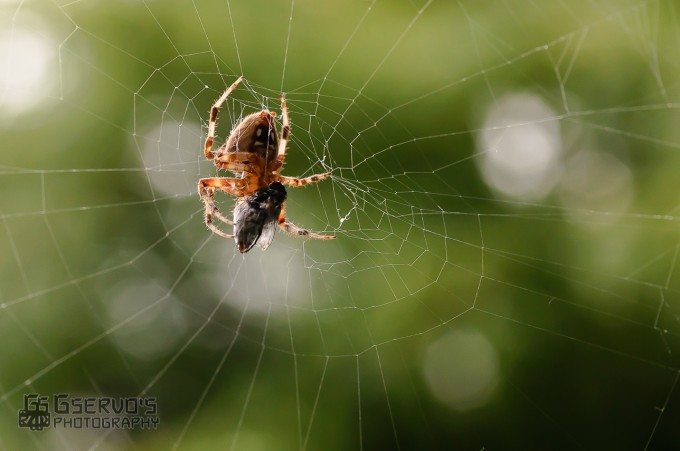
Focus
Focusing with the 70mm is fast and slow depending on how it is set. This lens has a limit switch on the barrel. When switched to “limit” the auto focus is kept between the half-meter marks on the lens and minimum focusing. You do not have the full use the barrel but the speed of the auto focus is decent. When set to focus within the full range of the lenses capabilities, the auto focus is slow. You are not capturing fast moving bugs or anything of that nature. However, if you are adept with manual focus you may be able to focus it faster yourself. The focusing is not that silent either, there is a slight whine to it, but it’s not too bad.
Depth of Field
The DOF on this lens is very thin offering a nice amount of control. The detail is nice an crisp and consistent. You can really make a subject standout with this lens due to the f2.8 aperture.
Bokeh
This lens gives good bokeh. I would call it delicious. It is very clean, smooth and creamy. With the narrow depth of field, it actually helps the subject of the image to stand out. Photographers that are considering this lens as a portrait lens may want to keep that in mind.
Aperture
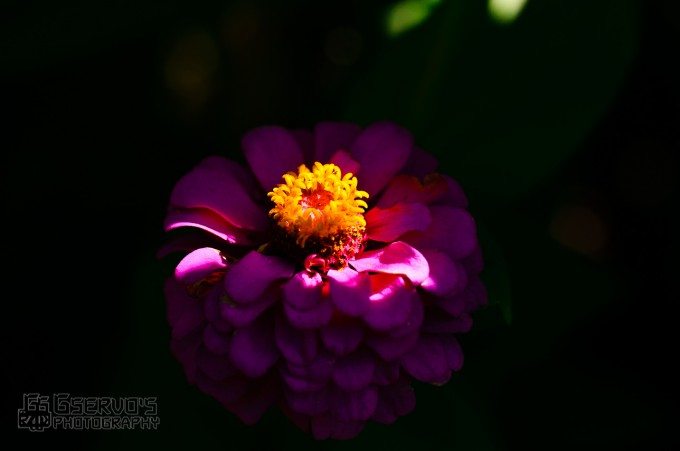
With the maximum aperture being f/2.8 and the minimum officially being f/22 (even though my camera measured a 25) you get a nice range to work with. Throughout the whole range, images are sharp. In my testing, I used a tripod with a remote.
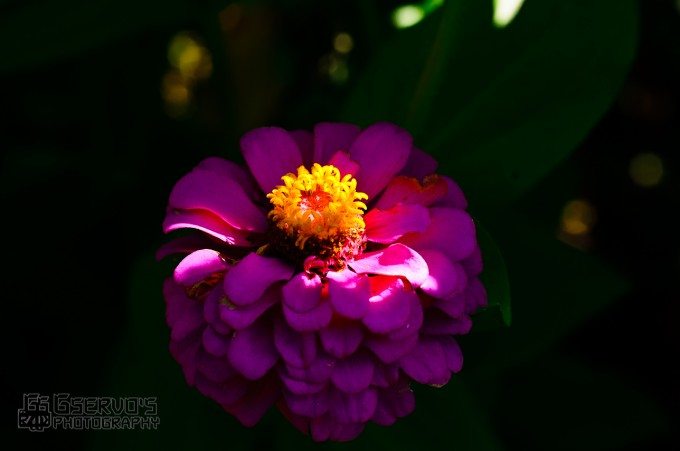
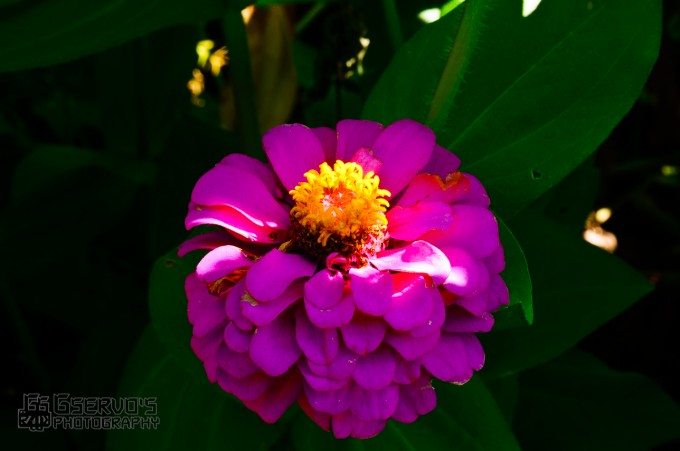
Portraits
The Sigma 70mm Macro takes good portraits, especially with the limiter on. It focuses fast enough to catch a nice comfortable moment. Up close, the Sigma 70mm lens nicely blurs out the background. At f/3, you maintain a nice amount of detail. In the photo above, the eyes are still very sharp and punch out a lot.
Food Photography
For food photography this lens is a double-edged sword. For general food photography, the lens is not the best in my opinion, unless you step back a bit since it is too long. However if you would like a nice detailed image of coffee beans, a piece of fruit or vegetables, this lens would work well. In a studio, you could do a lot. But if you’re out at a restaurant, leave it at home.
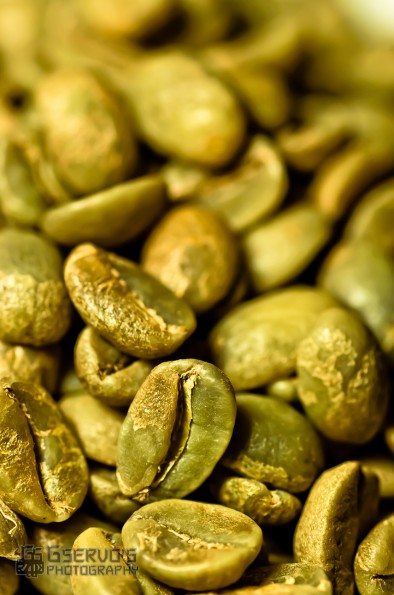
Product Photography
With products like toys or jewelry, this lens is great. You can really focus in on the details. Being able to focus down to 1:1 magnification really makes a difference here. This lens can really pull the detail out of small things due to the sharpness.
Nature Photography
This lens, which is 105mm on DX Cameras like the Nikon D7000 or a D300s, gives you a good enough distance to get bugs and wildlife. On the other hand, if the bug is moving too fast and you are relying on the auto focus, you may miss the shot; as stated earlier.
On A Photo Walk
On a photo walk, this lens is brilliant. The Sigma 70mm is an excellent change from shooting with a 50mm. With the limiter on you are quickly focusing and shooting. When something you see requires the macro touch, just switch to full and get the shot. This lens is a great alternative for street photography if you’re the type that prefers telephoto lenses.
Overall Image Quality
This is a macro lens first and foremost, and does that job well. However, this lens is great for many other styles of photography. One thing I noticed from the beginning of this review period is the images made with this lens are very sharp. The 105mm equivalent focal length makes this an awesome portrait lens for cropped sensor camera users. The colors were very nice and contrast in the images was excellent.
In the End
I really like this lens, minus some really minor issues, like the extending front element and the lens not having an HSM motor making the auto focus a little whiny. From a Nikon user’s perspective I would put the lens up against the Nikon 60mm AF-S Micro-NIKKOR G which is similar in price but has completely internal focusing. If you have no desire to buy an FX or full frame camera then consider the Nikon 40mm f/2.8G AF-S DX Micro Nikkor Lens which is around $220 cheaper. One of my favorite things about this lens is the limiter. That made it easy to keep the lens on the camera. This lens is fantastic and deserves consideration. It would be a nice addition to any photographers’ kit.
Please Support The Phoblographer
We love to bring you guys the latest and greatest news and gear related stuff. However, we can’t keep doing that unless we have your continued support. If you would like to purchase any of the items mentioned, please do so by clicking our links first and then purchasing the items as we then get a small portion of the sale to help run the website.
